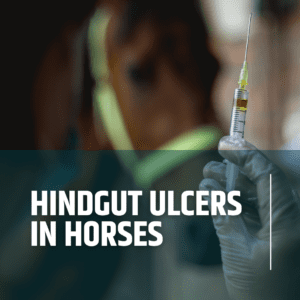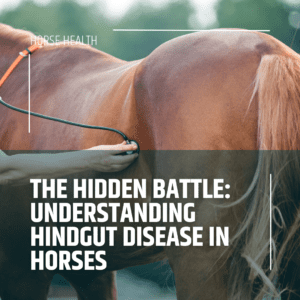A useful review which highlights the complexities of understanding the involvement of the microbiome in equine colic. Several different factors are involved in the expression of the gut microbiome in any individual horse and there can be wide variation even in healthy animals. Contributions from the diet and from the environment are known to be important as is the exposure to medication, especially antibiotics. Colic seems to occur particularly when there are changes in diet, hydration or medication, all of which would be expected to affect the microbiome. Although the publications on the microbiome of horses with colic give a complex picture, most researchers agree that there is a loss of bacterial diversity and that there is an increased abundance of Spirochaetes and Proteobacteria, with a decrease in Prevotella and bacterial species providing butyrate, the main source of energy for gut cells.
This suggests that it may be possible to protect against colic or to minimise the effects of an attack, by modifying the gut microbiome. In this context, a small pilot study using ERME as a dietary supplement showed that treated horses had lower levels of Spirochaetes with higher levels of Ruminococcaceae and Prevotella and also higher levels of gastrointestinal butyrate. All these changes might be expected to decrease the likelihood of an attack of colic and this raises the possibility that colic might be prevented or treated by additions to the diet which alter the microbiome.





